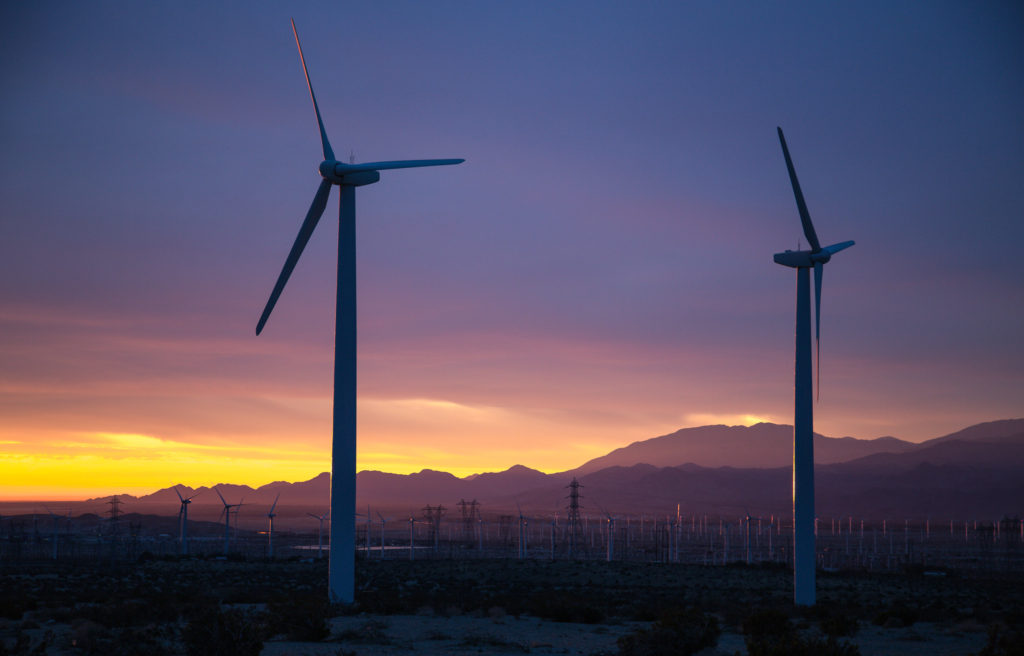
The use of both solar and wind farms has been expanding all over the country as a way of lowering carbon emissions from the electric power sector. According to a new study led by Princeton University, these renewable energy sources have another important benefit: they keep more water in the ground.
The study focused on drought-prone California where both solar and wind power have been expanding dramatically. California is the largest agricultural producer in the United States and has also experienced one of the most severe droughts on record between 2012 and 2017.
The study determined that increased solar and wind energy can reduce the reliance on hydropower, especially during times of drought.
The study looked at multiple scenarios in order to determine how much solar and wind energy should be used to maximize economic revenue and to see how solar and wind power could ensure groundwater recovery. They created a framework to quantify the optimal pathways for maximizing hydroelectricity and agricultural income while avoiding groundwater depletion.
During the long drought, California’s agriculture industry relied heavily on tapping into groundwater stores, which is an unsustainable practice. With more droughts likely to occur in California as well as increasing water demand from the growing California population, the burden on the state’s groundwater supply will only grow.
According to the researchers, it is far more practical to impose further regulations on groundwater use if sufficient solar and wind power is deployed. They caution that these resources need to be deployed long before groundwater aquifers are depleted, or it will be too late for them to do any good.
**********
Web Links
Solar and Wind Energy Preserve Groundwater for Drought, Agriculture
Photo, posted December 11, 2014, courtesy of Tony Webster via Flickr.
Earth Wise is a production of WAMC Northeast Public Radio.
Leave a Reply